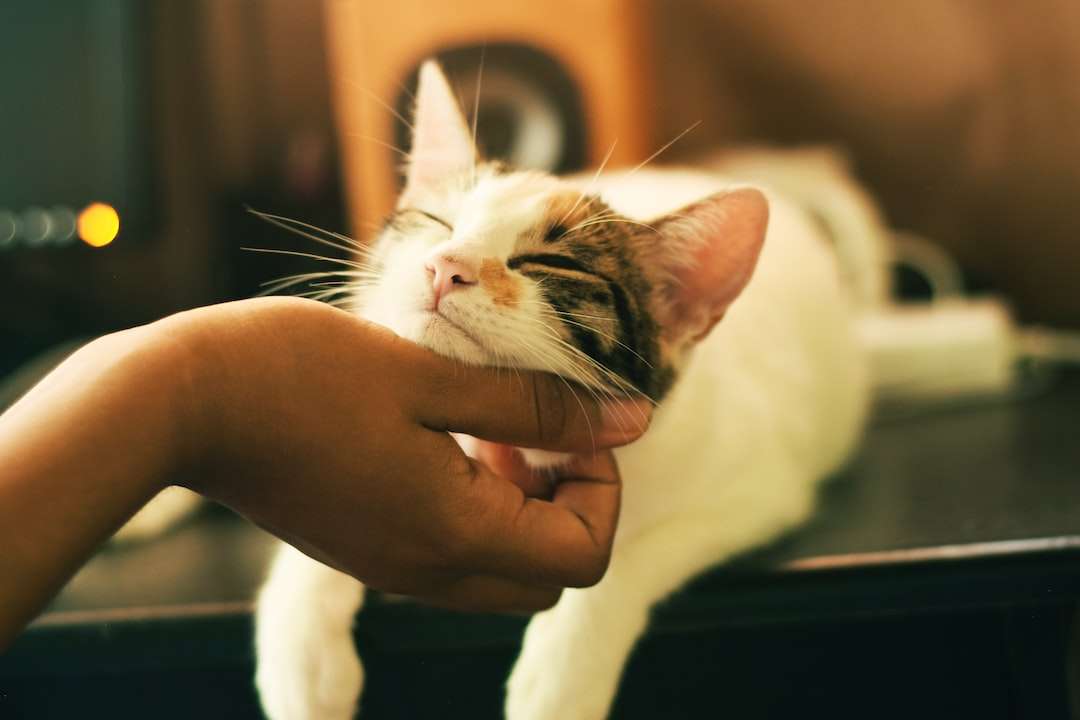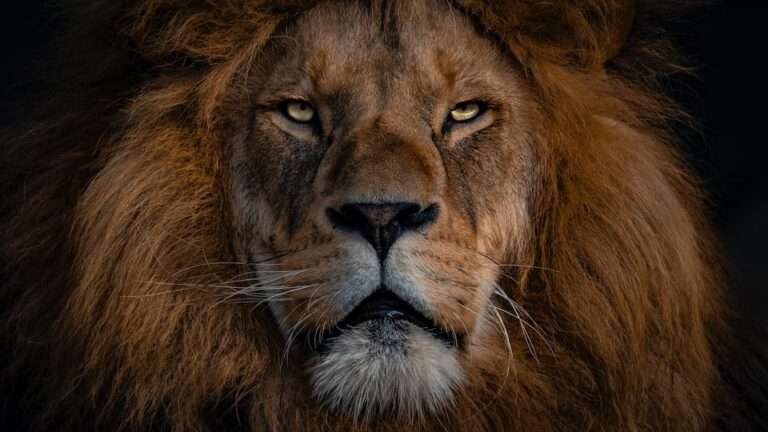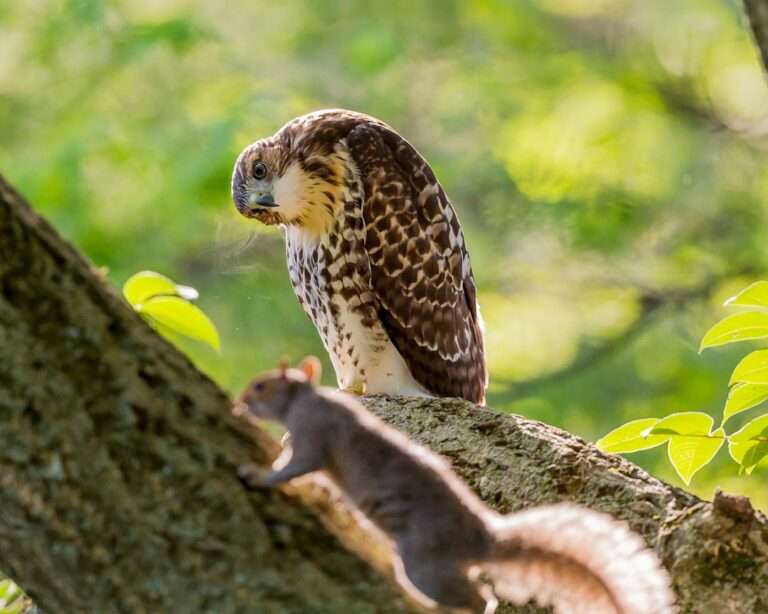The Purrfect Guide to Understanding Cat Symbolism: What Your Feline Friend is Trying to Tell You

Cats have long been revered and admired for their mysterious and enigmatic nature. They have captivated humans for centuries with their grace, independence, and beauty. But beyond their physical attributes, cats also hold a deep symbolic meaning that can help us better understand and connect with our feline friends. By delving into the history, body language, sounds, behaviors, mythology, and spirituality surrounding cats, we can gain a deeper appreciation for these fascinating creatures and strengthen our bond with them.
Key Takeaways
- Understanding cat symbolism is important for cat owners to better understand their feline friends.
- Cats have been symbols of various things throughout history, including divinity, luck, and witchcraft.
- Decoding your cat’s body language can help you understand their mood and needs.
- Cat sounds and vocalizations can also provide insight into your cat’s emotions and desires.
- Your cat’s behaviors, such as grooming and scratching, can have hidden meanings that reveal their personality and needs.
The History of Cats and Their Symbolic Meaning
The ancient Egyptians were one of the first civilizations to worship cats and view them as divine beings. They believed that cats possessed magical powers and were protectors against evil spirits. Cats were so highly regarded in ancient Egypt that killing one, even accidentally, was considered a grave offense punishable by death. The Egyptians even mummified cats and buried them with their owners to ensure their companionship in the afterlife.
In medieval Europe, however, cats were associated with witchcraft and dark magic. They were often seen as familiars of witches and were believed to possess supernatural abilities. This negative perception led to the mass killing of cats during the infamous witch trials, which in turn led to an increase in the rat population and the spread of diseases like the Black Plague.
Decoding Your Cat’s Body Language
Understanding your cat’s body language is crucial for effective communication and building a strong bond with them. Cats use various body postures and movements to convey their emotions and intentions. For example, a cat with an arched back and puffed-up fur is likely feeling threatened or defensive, while a relaxed cat with a gently swaying tail is content and at ease.
Other common body language cues include flattened ears (indicating fear or aggression), dilated pupils (signifying excitement or arousal), and a tucked tail (suggesting submission or anxiety). By observing and interpreting your cat’s body language, you can better understand their needs and emotions, and respond accordingly.
The Significance of Cat Sounds and Vocalizations
| Sound Type | Description | Meaning |
|---|---|---|
| Purring | Low, rumbling sound | Contentment, relaxation, healing |
| Meowing | Varies in pitch and tone | Communication, attention-seeking, greeting |
| Hissing | Sharp, high-pitched sound | Warning, fear, aggression |
| Growling | Low, guttural sound | Threat, aggression, fear |
| Chirping | Short, high-pitched sound | Excitement, hunting, playfulness |
| Yowling | Long, drawn-out sound | Attention-seeking, mating, distress |
Cats are known for their wide range of vocalizations, each with its own unique meaning. Meowing is the most common sound cats make, and it can signify a variety of things, such as hunger, attention-seeking, or simply a greeting. Purring, on the other hand, is often associated with contentment and relaxation, but it can also indicate pain or distress.
Other vocalizations include hissing (a warning sign of aggression or fear), growling (a sign of anger or territoriality), and chirping (a playful or excited sound). By paying attention to your cat’s vocalizations and understanding their meanings, you can better meet their needs and ensure their well-being.
The Hidden Meanings Behind Your Cat’s Behaviors
Cats exhibit a wide range of behaviors that can provide valuable insights into their personality and needs. For example, kneading is a common behavior in which cats rhythmically push their paws against a soft surface. This behavior is often associated with contentment and relaxation, as it mimics the actions kittens perform while nursing.
Grooming is another important behavior that serves multiple purposes. Cats groom themselves to keep their fur clean and free from parasites, but they also use grooming as a way to bond with their human companions. When a cat grooms you, it is a sign of trust and affection.
By understanding these behaviors and their meanings, you can better understand your cat’s needs and provide them with the care and attention they require.
The Role of Cats in Mythology and Folklore

Cats have played significant roles in mythology and folklore throughout history. In ancient Norse mythology, the goddess Freyja was often depicted with her chariot pulled by two large cats. She was associated with love, beauty, and fertility, and the cats symbolized her connection to these qualities.
In Japanese folklore, the “Maneki-neko” or “beckoning cat” is a common talisman believed to bring good luck and fortune to its owner. These cats are often depicted with one paw raised in a beckoning gesture, inviting good fortune to come their way.
These stories and legends have shaped our perception of cats and their symbolism, further deepening our fascination with these mysterious creatures.
How Your Cat’s Color and Breed Affects Their Symbolism
The color and breed of a cat can also impact its symbolic meaning. For example, black cats have long been associated with superstition and witchcraft in many cultures. They are often seen as omens of bad luck or evil spirits. However, in some cultures, such as Celtic mythology, black cats are considered good luck and are believed to bring prosperity and protection.
Different cat breeds also carry their own symbolic meanings. For instance, Siamese cats are often associated with elegance, grace, and intelligence. Persian cats, on the other hand, are seen as symbols of luxury and refinement.
Understanding the symbolism behind your cat’s color and breed can provide further insight into their unique qualities and characteristics.
Interpreting Your Cat’s Dreams and Nighttime Behaviors
Cats are known for their active nighttime behaviors, which can provide clues about their inner thoughts and emotions. For example, if your cat is kneading or purring while sleeping, it is likely experiencing feelings of comfort and security. These behaviors mimic the actions kittens perform while nursing from their mother.
Other nighttime behaviors include hunting or pouncing on imaginary prey, which can indicate a strong predatory instinct or a desire for stimulation. By observing and interpreting your cat’s nighttime behaviors, you can gain a deeper understanding of their needs and provide them with a fulfilling environment.
The Spiritual and Mystical Significance of Cats
Cats have long been associated with spirituality and mysticism in various cultures and belief systems. In ancient Egypt, cats were believed to possess magical powers and were revered as protectors against evil spirits. They were also associated with the goddess Bastet, who was the goddess of home, fertility, and protection.
In Norse mythology, cats were believed to possess the ability to travel between worlds and were seen as guardians of the spirit realm. In Celtic mythology, cats were associated with the Otherworld and were believed to have the power to see into the future.
These spiritual and mystical associations further highlight the deep connection between cats and the supernatural.
Using Cat Symbolism to Deepen Your Bond with Your Feline Friend
Understanding cat symbolism can help deepen your bond with your feline friend in several ways. Firstly, it allows you to better communicate with your cat by interpreting their body language, vocalizations, and behaviors. By understanding what your cat is trying to convey, you can respond appropriately and meet their needs more effectively.
Secondly, cat symbolism can help you appreciate your cat’s unique qualities and characteristics. By understanding the symbolism behind their color, breed, and behaviors, you can gain a deeper appreciation for their individuality and personality.
Lastly, cat symbolism can enhance your spiritual connection with your cat. By recognizing their mystical associations and spiritual significance, you can develop a deeper sense of awe and reverence for these enigmatic creatures.
Cat symbolism offers a fascinating glimpse into the world of our feline friends. By exploring their history, body language, sounds, behaviors, mythology, and spirituality, we can gain a deeper understanding of these mysterious creatures and strengthen our bond with them. Understanding cat symbolism allows us to better communicate with our cats, appreciate their unique qualities, and deepen our spiritual connection with them. So next time you interact with your feline companion, take a moment to reflect on the hidden meanings behind their actions and embrace the rich symbolism that cats bring into our lives.
If you’re interested in exploring the symbolism of cats, you might also find the article on the symbolism of the moon intriguing. The moon has long been associated with mystery, intuition, and feminine energy. It is often seen as a symbol of transformation and the cyclical nature of life. To delve deeper into this fascinating topic, check out the article on what does the moon symbolize.
FAQs
What is cat symbolism?
Cat symbolism refers to the use of cats as a symbol or representation of certain ideas, emotions, or concepts in various cultures and belief systems.
What do cats symbolize in ancient Egyptian culture?
In ancient Egyptian culture, cats were highly revered and considered sacred animals. They were associated with the goddess Bastet, who was the goddess of fertility, love, and protection. Cats were believed to bring good luck and were often depicted in art and sculptures.
What do cats symbolize in Japanese culture?
In Japanese culture, cats are often associated with good luck and fortune. The Maneki Neko, or “beckoning cat,” is a popular Japanese figurine that is believed to bring good luck and prosperity to its owner.
What do black cats symbolize?
Black cats are often associated with superstition and bad luck in Western cultures. However, in some cultures, such as Celtic and Japanese, black cats are considered good luck and are believed to bring prosperity and happiness.
What do cats symbolize in literature?
In literature, cats are often used as symbols of independence, mystery, and cunning. They are also sometimes used to represent femininity and sensuality.
What do cats symbolize in dreams?
In dreams, cats are often associated with intuition, independence, and mystery. They may also represent hidden desires or fears. The specific meaning of a cat in a dream can vary depending on the context and the individual’s personal associations with cats.





